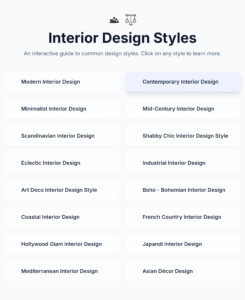Inside Out 2 Glued To Phone
In Inside Out 2, Pixar introduces Ennui, a new emotion representing teenage boredom, detachment, and digital dependency. Voiced in a French accent, Ennui embodies the modern adolescent experience—constantly glued to her smartphone and physically disengaged from intense emotions around her.

Who Is Ennui
- Ennui: A deep‑blue, indigo‑shaded figure with droopy posture, deadpan expressions, and perpetual phone scrolling.
- Voice Actor: A French performer lends authenticity to Ennui’s apathetic delivery and accent.
Why She Matters
Ennui symbolizes existential boredom rather than mere disinterest. She acts as a buffer for Riley during social and emotional stressors, using sarcasm, eye‑rolls, and controlled detachment to calm situations. Rather than being just another emotion, Ennui reflects contemporary struggles with screen addiction and emotional desensitization.
How Ennui Operates Onscreen
She slouches across a couch, rarely lifting her head: the epitome of lazy apathy. Ennui rarely touches the emotional console directly—instead, she operates it remotely using her smartphone, portraying her reliance on digital mediation even in the mind’s internal control room. That smartphone reportedly contains a control‐panel app allowing her to influence Riley’s moods without physical effort.
At key moments—such as when Riley tries to impress peer groups—Ennui intervenes by minimizing emotional intensity. When embarrassment or anxiety arises, she steps in with sarcasm: “I’ve been waiting for this moment,” she quips, shutting down higher drama through calculated detachment.
Emotion, Screen Time & Defense Mechanism
Ennui’s omnipresent phone underscores how modern teenagers retreat into digital distraction to regulate emotion. In the film, when she momentarily loses her phone, she becomes visibly upset—revealing that beneath the apathy lies dependency and emotional attachment. These moments hint at complexity: this isn’t laziness for its own sake, but emotional self-protection.
Beyond boredom, Ennui conveys that teenage apathy can be both a shield and a burden—allowing Riley to maintain composure in social scenarios but isolating her emotionally in others.
Character Design & Symbolism
Designed with limp, “noodle-like” posture and muted, desaturated blue-gray clothing, Ennui personifies disengaged adolescence. Her constant eye rolls, yawns, and sarcastic one-liners cultivate a cool, indifferent facade. The creative team intentionally used these visual and tonal cues to depict a modern teen whose emotional complexity is masked by lethargy.
Public Reaction & Cultural Conversation
Viewers, particularly teens and parents, recognized Ennui as a deeply relatable character. She quickly became a fan favorite among Inside Out 2’s new emotions, with audiences commenting on her distinctive design and the way she visually captured the teenage mood of detachment—especially when technology is involved.
Critics and psychologists praised the character for bringing attention to emotional idleness and the role of boredom in development. Ennui’s blend of lethargy, bathroom humor, and digital preoccupation struck a chord as a metaphor for real-life behavioral patterns among adolescents.
Broader Significance & Takeaway
Ennui extends Inside Out 2’s emotional palette to include modern phenomena—screen addiction, emotional muffling, and teenage facades. Her presence urges reflection on how digital dependency alters emotional responses, relationships, and identity formation during puberty.
By operating the console through her phone, Ennui signals that emotional regulation itself is evolving with technology: she mediates Riley’s feelings remotely, underscoring the growing influence of screens not just on behavior, but on inner emotional states.
From a storytelling standpoint, Ennui demonstrates that sometimes the most powerful emotion is the one that refuses to engage—and that detachment can itself be a complex emotional strategy.










Post Comment